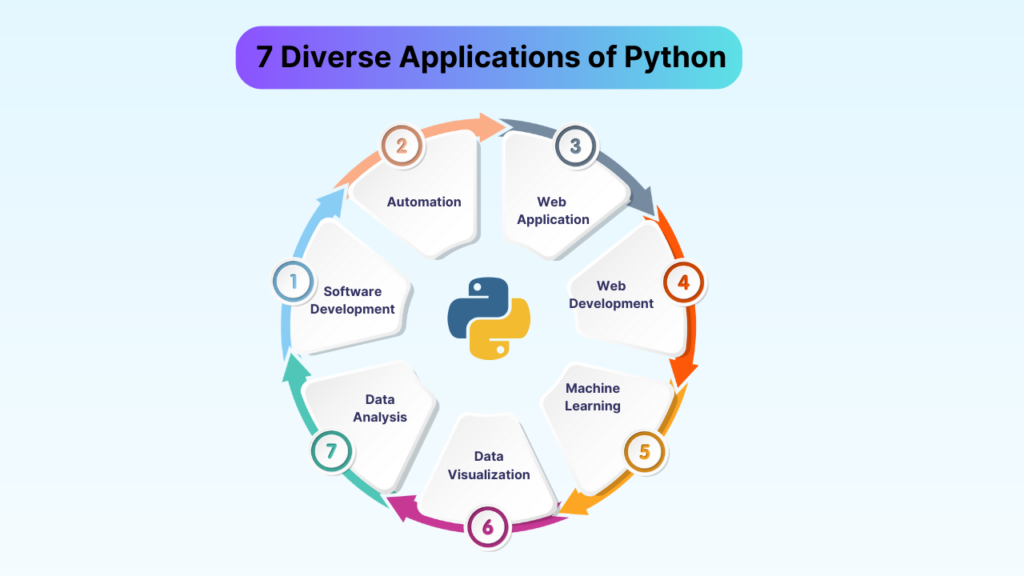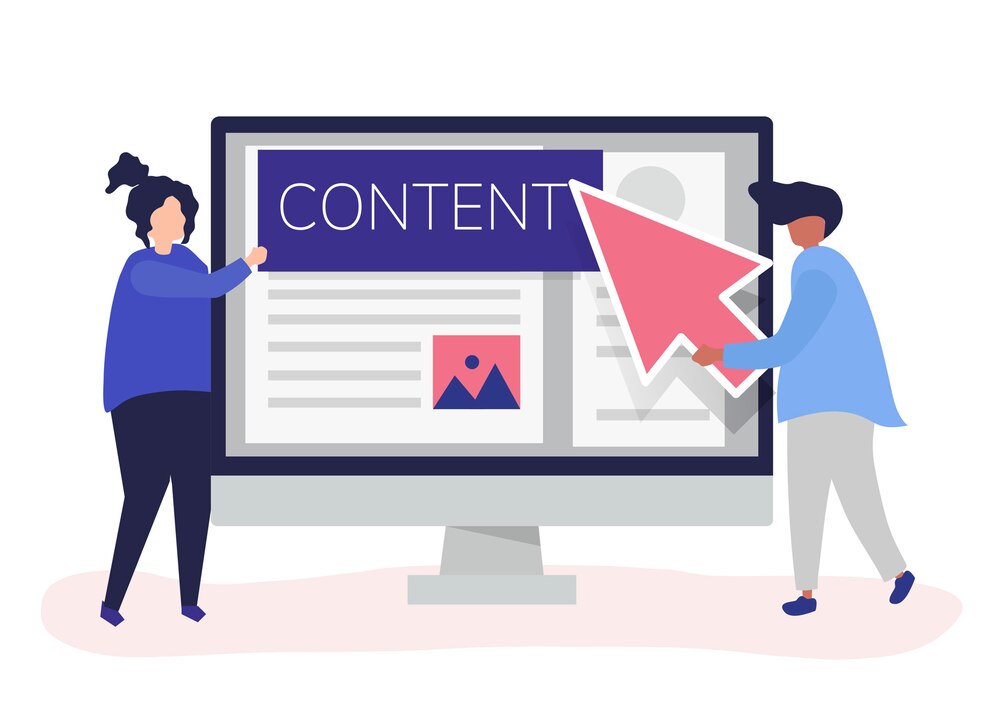Versatility and usability distinguish Python among other coding options, appealing equally to developers, data science professionals, and those interested in automated processes. With its user-friendly qualities and vast range of supporting resources, it is clear why Python has gained such widespread acceptance. By exploring diverse areas such as software engineering and data science, we uncover why Python has gained favor among many developers.
Software Development
Powerful enough for software development, Python stands out as a language. Developers can write code rapidly and successfully owing to its streamlined syntax. Python has proven itself useful for developing numerous big and little software programs successfully. With tools like Django at their disposal, programmers may easily develop complex online programs.
Automation
Automation streamlines tedious duties through Python’s proficiency. With Python, you can automate diverse activities such as file manipulation, data analysis, and gadget control. Accurately summing up Python’s efficiency, the “automation” header highlights how it simplifies arduous duties.
Web Application Development
Shining brightly, Python excels at web app dev. A robust structure helps developers create better web apps via Django and Flask. Thanks to Python’s impressive collection of libraries and vibrant development scene, creating dynamic online applications has never been easier.
Web Development using Python
Websites and their associated apps share a common development pathway. Web development falls within the realm of Python’s versatile capabilities. By providing tools like BeautifulSoup and requests, these libraries greatly facilitate web data extraction for developers. Python can build web servers; thus, it proves beneficial for multiple online responsibilities.
Machine Learning using Python
Due to its widespread adoption as the standard language, Python has emerged as the de facto choice for machine learning and AI work. Effortlessly creating and training complex machine learning models, libraries such as TensorFlow and scikit-learn aid data analysts and researchers. Python offers immense help through its highly readable content and copious documentations when navigating the realm of AI & ML.
Also read – Roadmap to become a Data Scientist in 2023
Data Visualization using Python
To grasp intricate information, data visualization plays an integral role in communicating those insights clearly. Data analysts and scientists have access to a range of resources through Python, including Matplotlib, Seaborn, and Plotly, making it possible to craft eye-catching presentations. Data takes shape through interactive representations when leveraging Python’s capabilities.
Data Analysis using Python
Data analysis prowess makes Python celebrated. These three libraries, crucial for data analysis and management, are Pandas, NumPy, and SciPy. Through leveraging Python, data science professionals uncover insights within vast amounts of data.







